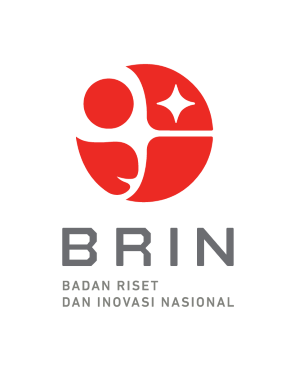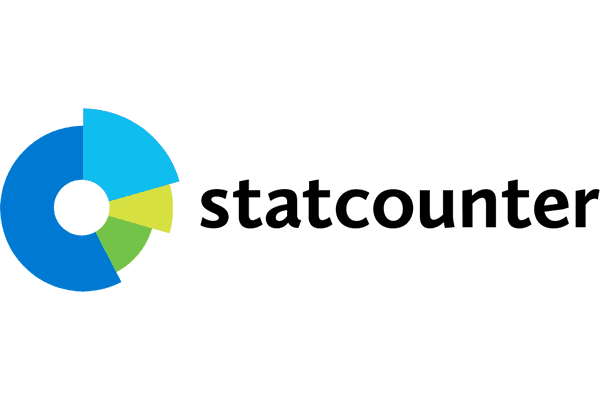ANALISIS KESESUAIAN LAHAN BUDIDAYA RUMPUT LAUT (KAPPAPHYCUS ALVAREZII) DI TELUK BIMA, KABUPATEN BIMA, NUSA TENGGARA BARAT
Abstract
The objectives of this study are 1) Identifying the suitability of seaweed cultivation land, 2) Estimating the carrying capacity of aquatic ecological space, 3) Developing strategies for seaweed cultivation in the coastal area of Bima Bay. The methods used are: spatial data analysis with the Geogerafis Information System method, SWOT analysis to determine the development strategy of seaweed cultivation areas. The results of this study are 1) The Bima Bay Coastal Area has land potential for seaweed cultivation with a very suitable category of ± of 2,188.9 ha, and a suitable ± of 2,512.69 ha. 2) The Bima Bay Coastal Area has a land carrying capacity to support the development of seaweed cultivation with an area of ± 1,410.26 ha with a recommended number of cultivation units of ±11,752 units. 3) Determined 8 best strategies for the development of seaweed cultivation business in the waters of Bima Bay 1. Developing the processing of cultivated products, 2. Provide training in stages. 3. Providing counseling in stages, 4. Optimizing existing production capacity, 5. Expanding the cultivation area, 6. Optimizing production, 7. Increasing access to capital, 8. Expand and maintain the marketing network.
References
Ariyati, Restiana Wisnu, Lachmuddin Sya’rani, and Endang Arini. 2007: Analisis kesesuaian perairan Pulau Karimunjawa dan Pulau Kemujan sebagai lahan budidaya rumput laut menggunakan sistem informasi geografis. Jurnal Pasir Laut 3.1. Hal. 27-45.
Damis dan Saenong, M. 2020. Analisis Kualitas Air Dalam Penentuan Lokasi Budidaya Rumput Laut (Eucheuma Cottonii) Di Kawasan Teluk Parepare. Journal of Indonesian Tropical Fisheries. Vol. 3, No 2, Desember 2020. Hal 205 – 213
Dinas Perikanan dan Kelautan Kabupaten Bima, 2018. Laporan Tahunan Dinas Perikanan dan Kelautan Kabupaten Sikka, Provinsi Nusa Tenggara Barat.
Dinas Perikanan dan Kelautan Kabupaten Bima, 2017. Laporan Tahunan Dinas Perikanan dan Kelautan Kabupaten Sikka, Provinsi Nusa Tenggara Barat.
Hasnawi, H., Makmur, M., Paena, M., & Mustafa, A. 2016. Analisis kesesuaian lahan budidaya rumput laut (Kappaphycus alvarezii) di kabupaten parigi moutong provinsi Sulawesi Tengah. Jurnal Riset Akuakultur, 8(3), 493-505.
Pratiwy, E., Handoyo, G., & Suryoputro, A. A. D. 2023. Evaluasi Kesesuaian Lahan Perairan untuk Budidaya Rumput Laut (Kappaphycus alvarezii) di Perairan Pulau Panjang, Banten. Indonesian Journal of Oceanography, 5(4), 199-205.
Rauf, A. 2022. Analisis Kesesuaian Dan Daya Dukung Budidaya Rumput Laut (Eucheuma cottoni) Dengan Metode Keramba Jaring Apung Di Kabupaten Bulukumba." Jurnal Manajemen Pesisir (JMPi) 1.1 (2022): 46-59.
Wantasen, A. S. 2012. Analisis Kelayakan Lokasi Budidaya Rumput Laut di Perairan Teluk Dodinga Kabupaten Halmahera Barat. Jurnal Perikanan dan Kelautan Tropis, 8(1), 23-27.
Kamlasi, Yusuf., 2008. Kajian Ekologis dan Biologi untuk Pengembangan Rumput Laut (Eucheuma cottoni) di Kecamatan Kupang Barat Kabupaten Kupang Propinsi Nusa Tenggara Timur [Tesis] Program Pasca Sarjana, Institut Pertanian Bogor. 73 hal.
Copyright (c) 2024 Nurlina Nurlina

This work is licensed under a Creative Commons Attribution 4.0 International License.









